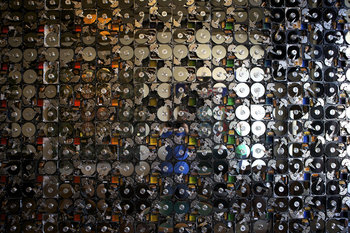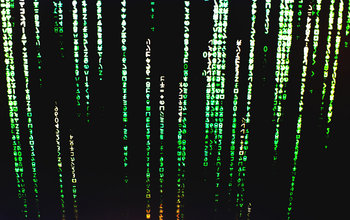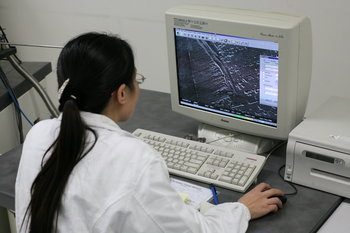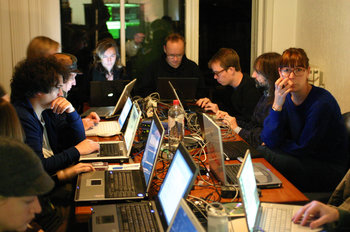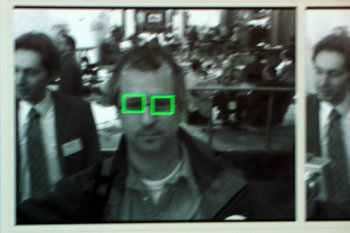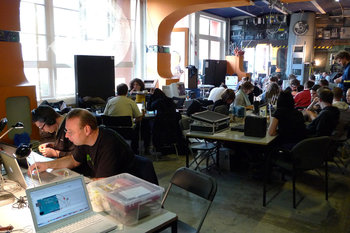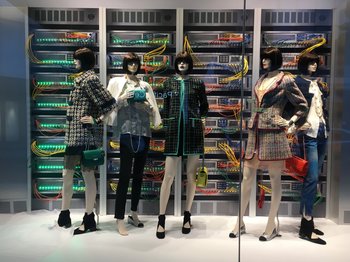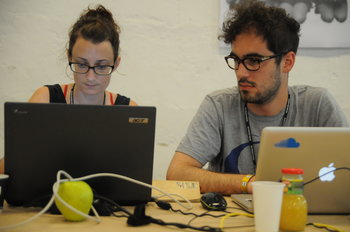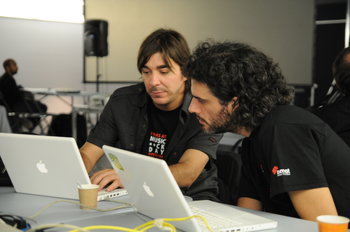
Database Matching
A government releases statistical information about medical records for research purposes with personally identifiable information such as names and birth dates removed. It is later discovered that it is possible to match some people based on other databases such as the transaction records of a large pharmacy. For example, people might be identified by the combination of prescriptions they have and factors such as city.Data Masking
A company releases an anonymous customer list to a marketing partner that has been anonymized using a weak data masking algorithm that shuffles the telephone field and replaces characters in names. The marketing company is able to reverse a few names on the list by looking at the length of names and the numbers in the phone number. From this they are able to create a reverse algorithm that unshuffles the telephone numbers to identify the customers.Field Matching
A technology product releases anonymized data about customer media habits that includes device data such as location information. Other apps have the same data that can be used to match the people with precision.| Overview: Deanonymization | ||
Type | ||
Definition | The potential for anonymized data to be reversed. | |
Also Known As | De-anonymization | |
Related Concepts | ||



